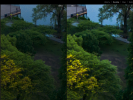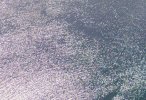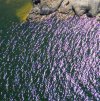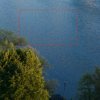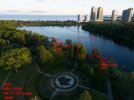Hi all, I just received my first drone (Mini 3 Pro) to do some stress testing with the image quality, and I saw some issues with the 48MP files in Lightroom. In these examples, the water ripple seem to exhibit vertical lines/banding in decent lighting conditions.
I'm trying to understand if this is an issue with the debayer algorithm, or is it a problem with the sensor. It's hard to interpret since I haven't seen this exact issue come up from other sample images taken by other people.
Full size photo: original.jpg
I've also attached a few 100% zoomed version below so that you can see the full effects.


I'm trying to understand if this is an issue with the debayer algorithm, or is it a problem with the sensor. It's hard to interpret since I haven't seen this exact issue come up from other sample images taken by other people.
Full size photo: original.jpg
I've also attached a few 100% zoomed version below so that you can see the full effects.


Last edited:



